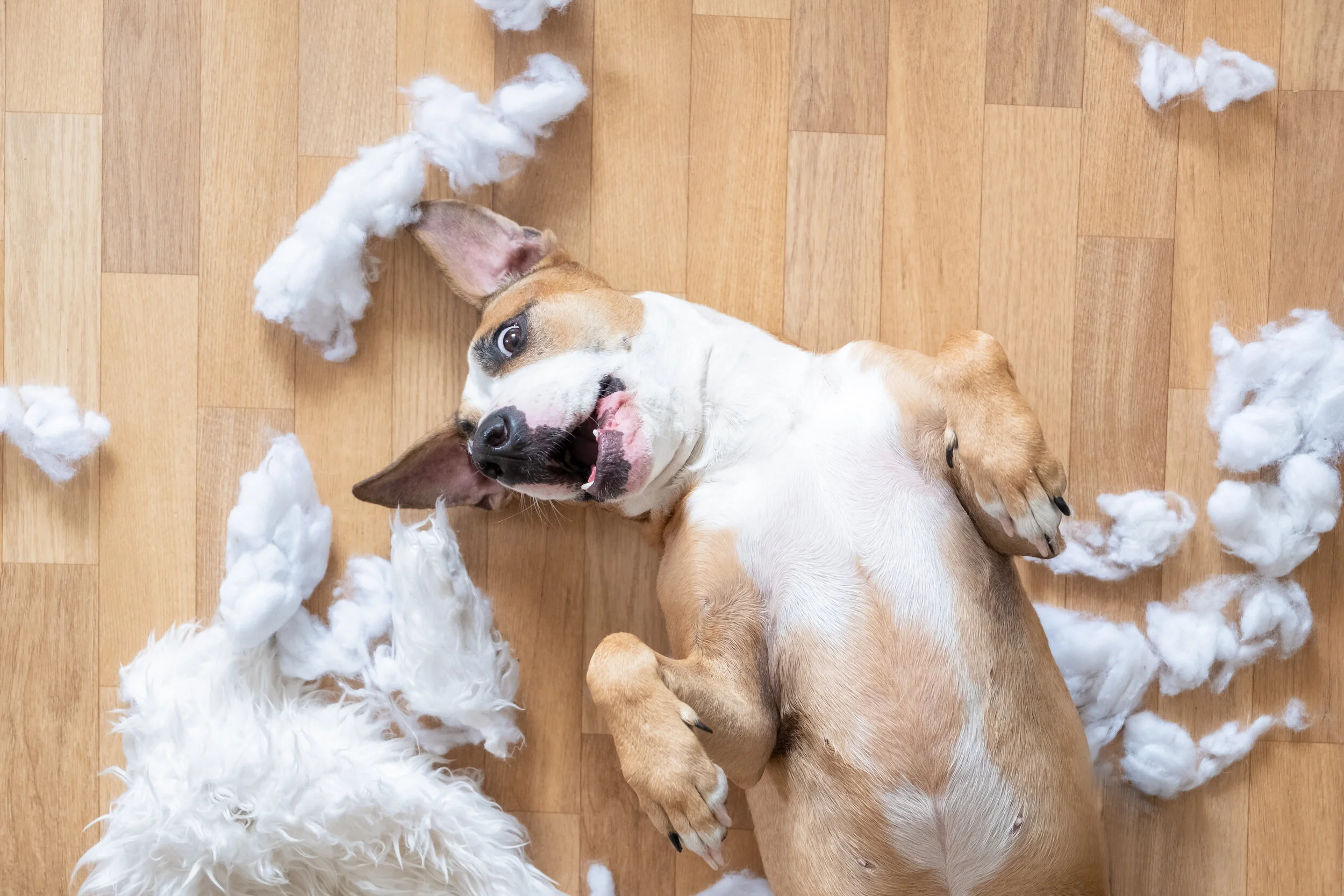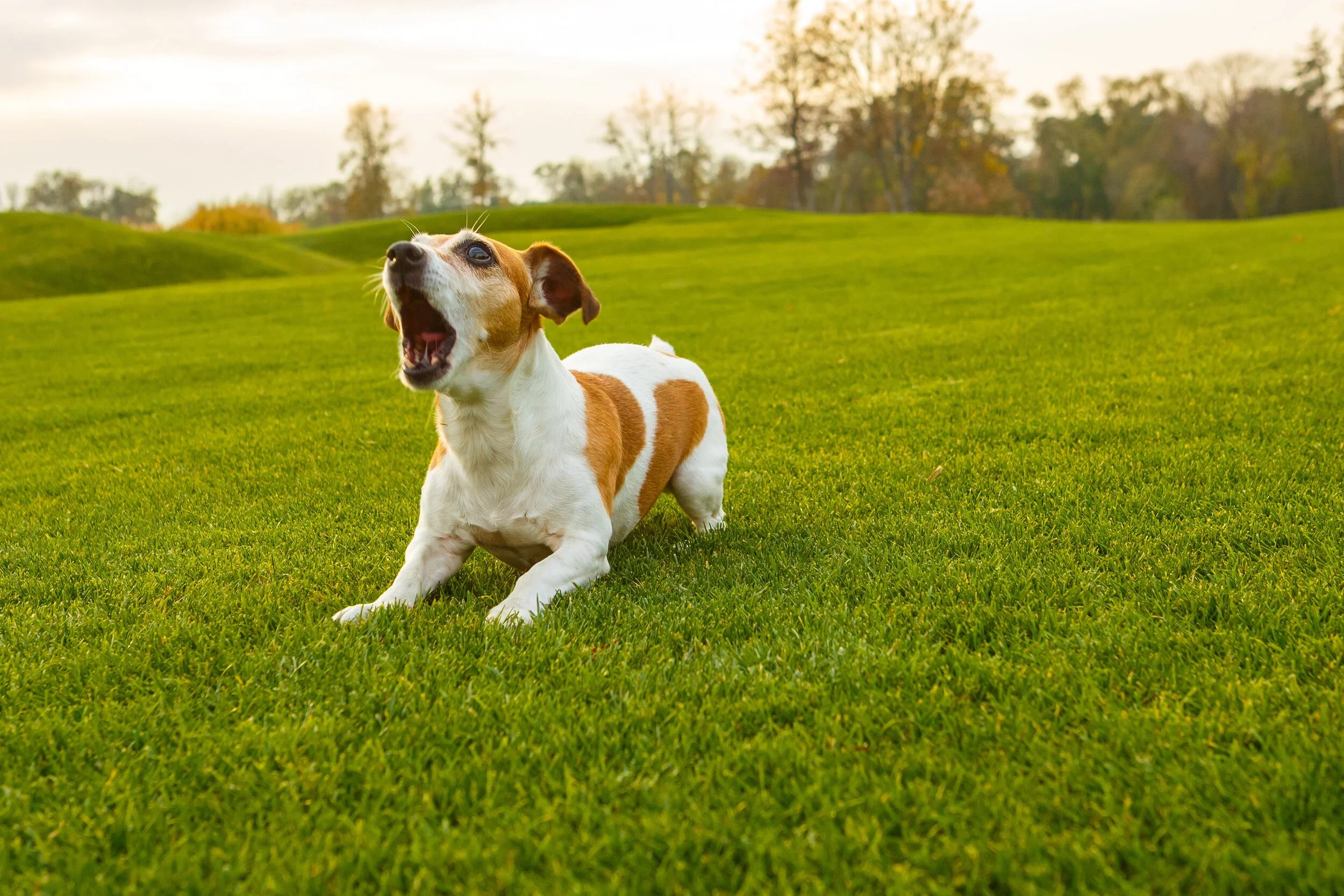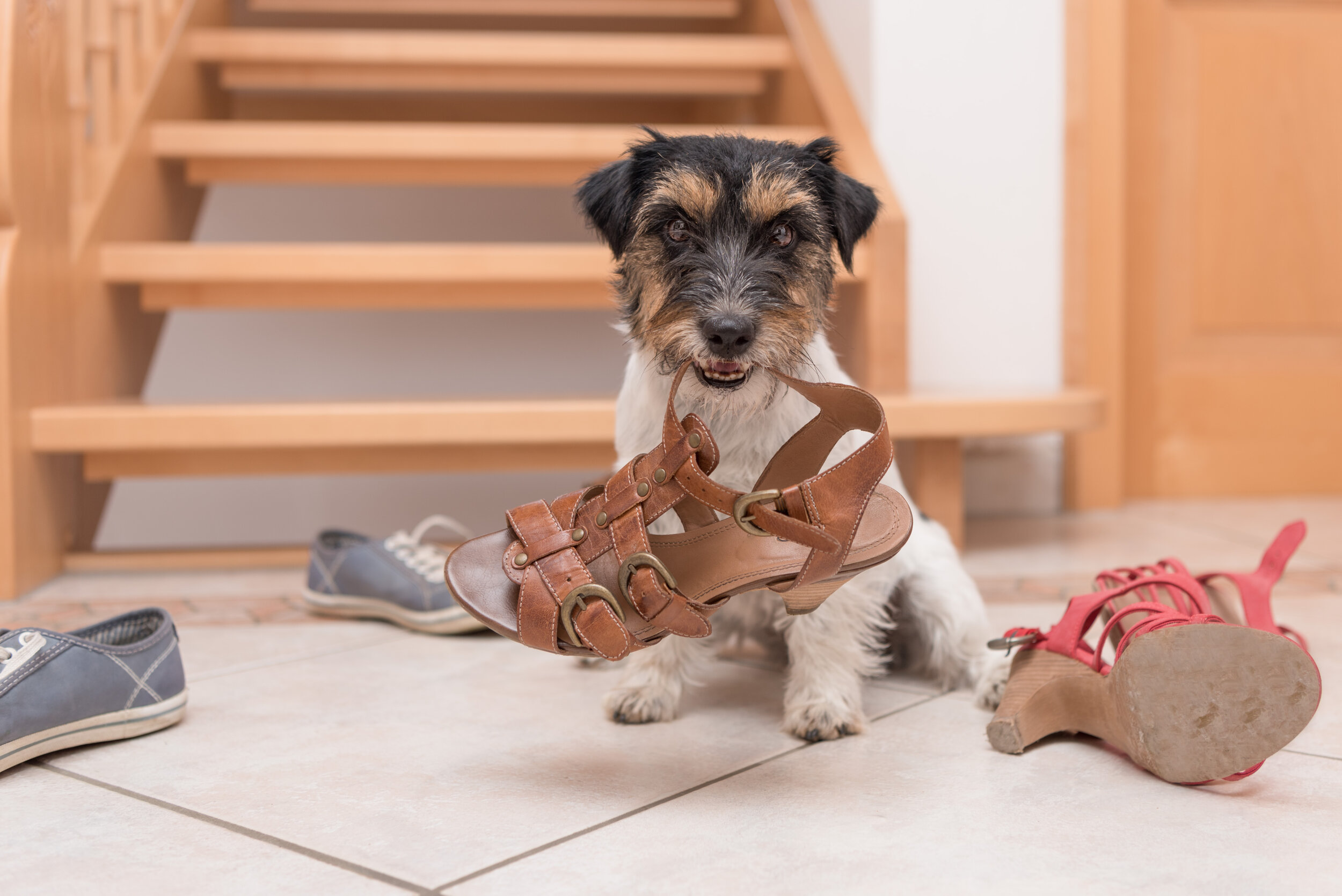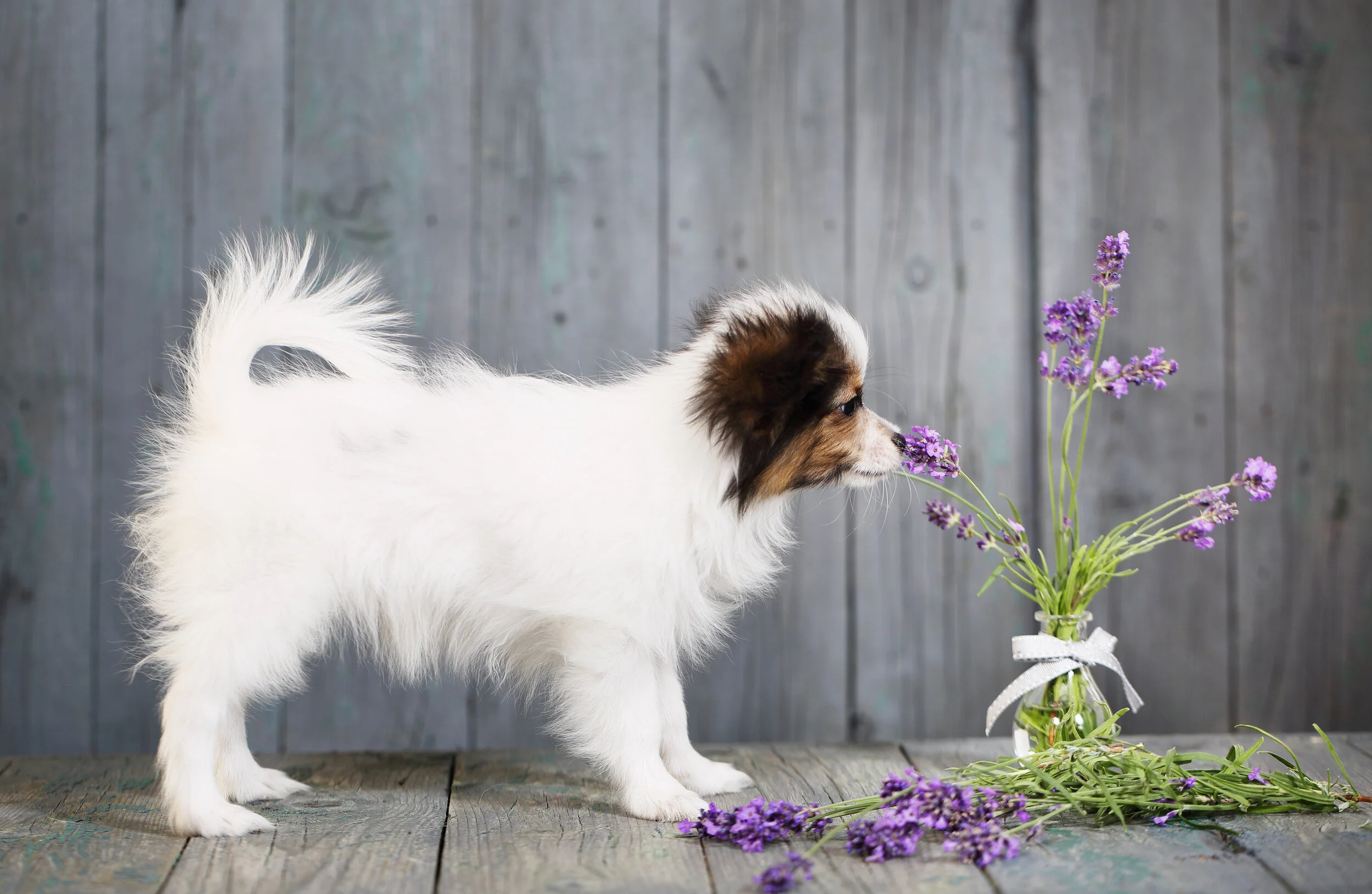Is Your Puppy Too Hyper? Tips and Tricks On How To Calm Your Hyperactive Puppy
Hyperactive puppies may seem like a bit of a challenge. But learning how to tame them can give you a satisfaction that no one could compare.
It's pretty usual for young dogs to be overly active. However, if you don't train them while they're still young, it can cause a problem once they are older.
Here at Big Dog Ranch Rescue, we will give you some tips on training your hyperactive young dog.
Why Do Puppies Have So Much Energy?
This question can be highly misleading. Puppies typically have a lot of energy for a short period before needing to rest.
Puppies are similar to infants. They see the world with a new set of fresh eyes; thus, everything they encounter is different and exciting.
If you are a puppy, how can you not be enthralled?
However, it is critical to know that puppies require a lot of sleep. A lack of sleep can have severe physical and emotional consequences later on.
That is why it is critical to understand how to teach a puppy to calm down and only boost their energy whenever it's needed.
Signs To Tell Your Puppy Is Hyperactive
There can be a couple of reasons why a puppy exhibits hyperactiveness. However, these reasons also imply that there are several ways to address such problems.
But first, let's go through the hyperactive dog symptoms.
#1: They Are Restless
Restlessness is the most evident symptom of hyper activeness in puppies, and it's shown in several but different behaviors.
Your puppy might either:
excessive panting;
whining and whimpering;
pacing or circling;
changes in sleep patterns; and
other repetitive behaviors
However, restlessness does not only limit to hyper activeness. There might be other underlying conditions to this symptom, such as Separation Anxiety and Cushing's Disease.
Consult your veterinarian immediately.
#2: They Bark Aimlessly
Another sign of hyperactivity in dogs is if they are unnecessarily loud. It includes "aimless" barking, wailing, howling, and so on.
Some dogs are more vocal than others. However, most of them are vocal towards something or someone, such as another dog, the mailman, an unknown item, and so on.
However, if your dog constantly barks at no one for no apparent reason, there are likely to be hyperactive.
#3: They Are More Clingy Than Other Dogs
This symptom does not apply to all dogs. However, some dogs might become extremely clingy during their hyperactivity.
They're always waiting for their human to do something enjoyable so they can finally burn off some of their excess energy.
#4: They Often Get Into Trouble
It's typical for most dogs to get into trouble once in a while. However, hyperactive dogs are different.
They get in trouble more often than not. Hyperactive dogs will either dig into your garbage can, ruin your shoes, scratch your sofa, or leave your backyard into a filthy mess.
Boredom is common among hyperactive dogs. As a result, they're always looking for something entertaining to do.
On top of chewing, puppies tend to have a range of behavioral problems, such as biting, marking their territory indoors, pooping in their crate, etc. For more video guides on these types of behaviors check out Top Dog Tip’s YouTube Channel.
#5: They Have Shorter Attention Span
Puppies usually have shorter attention spans than older dogs. It is due to their eagerness to learn about the world they are moving in.
But as they grow older, they will learn to be alert and attentive by following and listening to your commands. However, if your pup still has a short attention span during their 7th or 8th week, then they're likely showing a hyperactivity symptom.
Pups that are unwilling to listen might misbehave and disobey you in the future. Thus, it's essential to train them as early as you can.
How To Manage Your Pup’s Hyperactiveness
Over-excitement for a dog doesn't necessarily mean that they are happy. Sometimes, their way of using their excess energy is through wasting it off physically.
But some people think that this is a sign of happiness and playfulness; thus, encouraging the dog's behavior. As a result, it will lead to a dog's problematic issues in the future.
Related Resource: 3 Things to Consider When Adopting A Dog
Helping them control the said behavior will eventually prevent them from doing such matters. Hence, here are some ways to manage your puppy's hyperactiveness.
#1: Don’t Encourage Their Over-excitement
When your dog approaches you with excitement, the most important thing to remember is determining whether that behavior happens frequently.
If it does, then it's best not to react to it. Ignoring your excited dog is the best way to respond.
If they try to jump on you, look in the other direction and push them down as gently as you can. Do not initiate eye contact or something else that will encourage their behavior.
Affection is the worst thing you can give to your puppies since they interpret this as a reward. And we don't want this for them.
What we want is to let them know that their misbehaviors are not okay with us. And ignoring them when they are overly excited is the only way to tell them that.
#2: Drain Your Puppy’s Energy
Of course, it's simpler to keep your dog from being overly enthusiastic if they don't have the energy, to begin with; this is the reason why giving activities to your pets is so vital.
One good example of dog activity is walking. Walking with your dog for one to two hours gives your dog targeted exercise while depleting their energy.
Furthermore, running is considered a good exercise for your dog too. Your Fido can quickly relieve themselves by running for at least an hour or so.
Upon returning home, reward your dog with some food and water. Doing so allows your dog to associate activities with rewards positively, motivating them to do more in the future.
#3: Provide Them An Outlet But With Limitation
Keeping your dog's activities will also help them be responsible for their actions.
During playtime, if your dogs start to get too excited, you must quickly stop the game. Here, you control the level of intensity of the game by using a negative connotation to it once they get excited.
Your dog will eventually realize that being calm will reward them with a treat. In contrast, it will go away if they get too excited.
#4: Engage Their Nose with Relaxing Scents
Because a dog's nose is its primary sense organ, it can ease its hyperactivity by capturing a relaxing scent.
Scents such as lavender and vanilla might help relax your dog. You can keep one by having a scented air freshener or candle near your dog's bed.
However, check to see if your dog has any allergies to any fragrances first. You can also ask your veterinarian for advice on scents that work best for them.
#5: Encourage A Calm Behavior with Rewards or Treats
When your dog is calm, you may encourage that state with rewards such as affection and attention. If your dog is treat-driven, then you may give them their favorite snacks.
But bear in mind to add those rewards with praises and continuously ignore their enthusiastic behavior.
Tips On How To Calm Your Pup
Training your hyperactive dog is essential to keep their energy at bay. They also need to have an exercise plan and daily schedule that will suit them.
To train your hyper dogs, you must channel all of their excess energy into appropriate outlets. A well-trained energetic dog becomes a happy dog because it understands why they need to control their hyperactiveness.
Here are some tips on how to do it.
#1: Click When Pup Is Calm
Dog clicker training is one of the most basic methods for teaching your dog instructions and tricks. With it, you will only be needing two things—your clicker and your dog treat.
However, the problem with training a hyperactive puppy is that the dog treats you are presenting stimulates them. But by linking the clicker to the command and the reward, you may elicit a moment of calm from your pup.
Suppose we are training your puppy not to jump on others. Begin your training by clicking the clicker while their four paws are on the floor.
You'll have to click at the exact moment and give them treats after clicking. You'll have to be quick on this.
On the other hand, if you are trying to teach your dog to stop biting your furniture, you may apply the same principle.
Clicker training your dog needs patience from your end. But with consistency and perseverance, you will see the results in no time.
Your dog will eventually discover that just by behaving or standing still, they will receive enjoyable rewards from you. You may also add verbal cues like "wait" or "sit down" to calm them down.
#2: Make Them Obey You
One of the first commands owners teach to dogs is "sit." You teach them this by holding a treat by their nose and moving slowly backward until their bum touches the ground before giving it to them.
If your young dog already knows how to sit, you can reinforce it with a treat every time he does it. Over time, you can also train him to sit by your words and without any reinforcement.
You can use this method when your young dog likes jumping up on people. Teaching them may lessen the urge to do so.
On the other hand, telling your hyperactive dog to stop is a little more complicated than just telling them to sit. Hyperactive dogs tend to be restless even while sitting, such as wagging their tails or moving their eyes all over the place.
However, for your dog to obey you, you must start teaching them with "stop" or "no."
You can hold a treat for your pup to sniff, and as soon as they do, you can tell them "no" while pulling your hand away. If your dog reacts in a way you want to, give them the treat and tell them praises.
You can also teach your pups by withdrawing their toys when you say "no" and giving them back when they behave accordingly.
Remember only to use either no or stop. It will help your puppies remember the word more by using one stanza words.
#3: Your Puppy Should Learn To Lie Down
After your hyper dog has learned to sit and stop, you may start teaching them to lie down.
It is a useful command when you want your pup to settle when both of you are home or in a park. You can also use this command when you want to put your puppy to sleep.
Begin by following the steps listed below:
Let your dog sit while holding a reward in your hand.
Put your hand near the dog’s nose to let him know you have a treat in your hand.
Say ‘down’ or ‘lay down’ while moving your hand to the floor. The dog should begin to lay down after following your hand to the floor.
Give them treats and praises as soon as the dog lies down, even if it is just a partial attempt.
Practice this command until the dog regularly goes down or has wholly mastered down.
#4: Teach Your Puppy To “Come”
The command "come" is vital for every dog to learn. A dog that responds well to come can quickly return to your side if it ever starts acting hyper when it shouldn't.
Begin teaching this command when your dog is not beside you, such as playing in your yard. Slightly crouch your legs and slap your thighs before saying "come" in a pleasant tone.
Your dog will assume you'd like to play and will march up to you. But once your dog comes, give them treats and praises as a reward.
For a few weeks, practice this command at different times. Do it when your dog is preoccupied yet responsive to instruction.
If it's off in the distance, smack your thighs and yell, "Come!" in a cheerful tone. When it comes to you, praise it and use the phrase 'come!' several times.
You can also throw a reward or a toy in a short distance and instruct your dog to 'come' once they pursue it.
Praise and repeat when it returns to you. Work on this essential command once a day until your dog understands it completely.
#5: Teach Your Puppy To Quiet Down
Dogs tend to bark when visitors arrive at your house. However, they should also learn how to stay "quiet" so that they will stop barking when you tell them to.
Begin by drawing your dog to a treat, and once they start barking, tell them the word quiet. As soon as it stops barking, quickly offer the reward.
It may take some time, but your dog will eventually grasp that you expect them to keep quiet once you tell them the command. Consistency and patience are essential if you want this to succeed for both of you.
Conclusion
Several things cause hyperactivity, and that includes the lack of physical or mental stimulation. As a result, it will lead to boredom, overstimulation, burning out, or a combination of all of the above.
Thus, it is essential to ensure that your dog receives different activities. So they can learn how to consume energy in the right way.
In addition, your dog did not become a hyperactive mess overnight. And you can't just undo it overnight.
Hence, doing this for them might take more time than usual. But once you commit, you'll be amazed to see the difference.
Remember, the key to success is patience and consistency.






